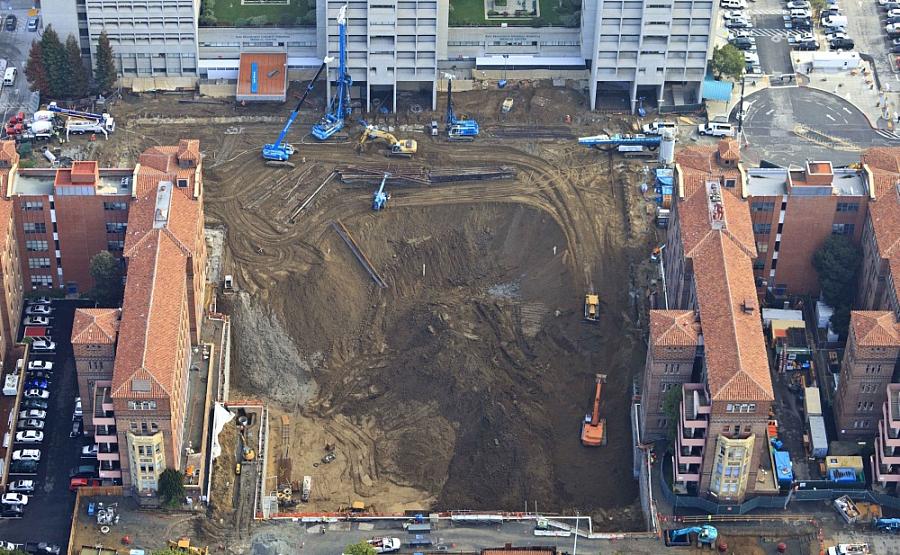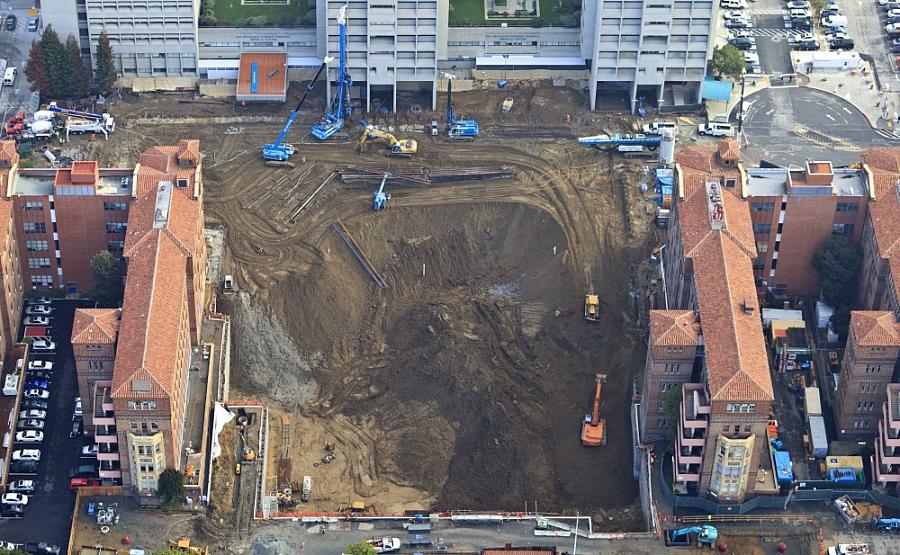Your Safety-Net Hospital and Health Reform: Questions to Ask Now


Consider that a metaphor for what public safety-net hospitals are trying to do in preparing for health reform: help their patients find their way in what will be a substantially altered, and still politically noisy, health care landscape.
As part of a recent Kaiser Family Foundation-sponsored program for journalists covering health reform implementation, I had a chance to learn more about SFGH's health reform planning (and get myself lost on the hospital's campus).
Here are some questions that can help inform your coverage of what your own community's safety net hospital is – or isn't – doing to get ready. You also should bookmark the Kaiser Family Foundation's excellent timeline of health reform changes, which goes up to 2018 if you like to plan ahead, to guide your reporting.
1. How is your community's safety net health-system structured? SFGH anchors a comprehensive public safety net system of clinics for the poor and uninsured, and San Francisco offers subsidized health coverage to its poorer residents. In other areas, like Orange County, local governments pay private for-profit or non-profit hospitals and clinics to care for the poor and uninsured. Figure out where your system lies along this continuum.
2. Is your state moving more of its Medicaid patients into Medicaid managed care programs? If so, how is your safety net hospital planning to work with local community clinics (which may or may not be part of a coordinated safety net system) to ensure a smooth transition? One issue: getting people used to living under a managed care model; many are used to accessing primary care through a specialist provider, like a psychiatrist or ob/gyn.
3. Is your safety-net hospital covered by a Medicaid waiver? These are federal dispensations from certain Medicaid regulations that aim to save states money and give patients more freedom. California's newish 5-year 1115 waiver is expected to bring in $10 billion to streamline health care delivery, pay for health care for the uninsured, and help safety-net hospitals like SFGH prepare for health reform implementation.
Medicaid waivers offer safety-net hospitals and clinics more flexibility in delivering care. You can check this useful federal database of state Medicaid waivers to see what's happening in your state. Ask: what experiments are going on now? How are they working? Are there measurable cost savings for taxpayers? Improvements in health? Insurance coverage? Patient satisfaction?
4. What kind of economic forecasting has your hospital done? Does it know how much DSH (disproportionate share) money it could lose under health reform? Has your hospital figured out whether it will lose patients (as a once-captive audience finds new options under health reform)? Or gain them, as newly insured flock to safety-net hospitals for long-delayed treatment?
5. What is your safety-net hospital doing to continue as the "provider of choice" for existing patients? SFGH is emphasizing its familiarity and culturally competent care, and it's working to better coordinate care between the city's many public and private community clinics. Other hospitals may emphasize specialized services like a trauma center or burn unit. Still others may start an accountable care organization (I'll have more on ACOs in future posts).
These questions are just a few of the many journalists should start asking of their safety-net health providers. The local rollout of health reform promises to be a messy and complicated, but always fascinating, story with the highest of stakes.
Related Posts:
2014 Is Coming Sooner Than You Think: New Ideas for Reporting on Health Reform's Rollout
Photo credit: San Francisco Department of Public Works

